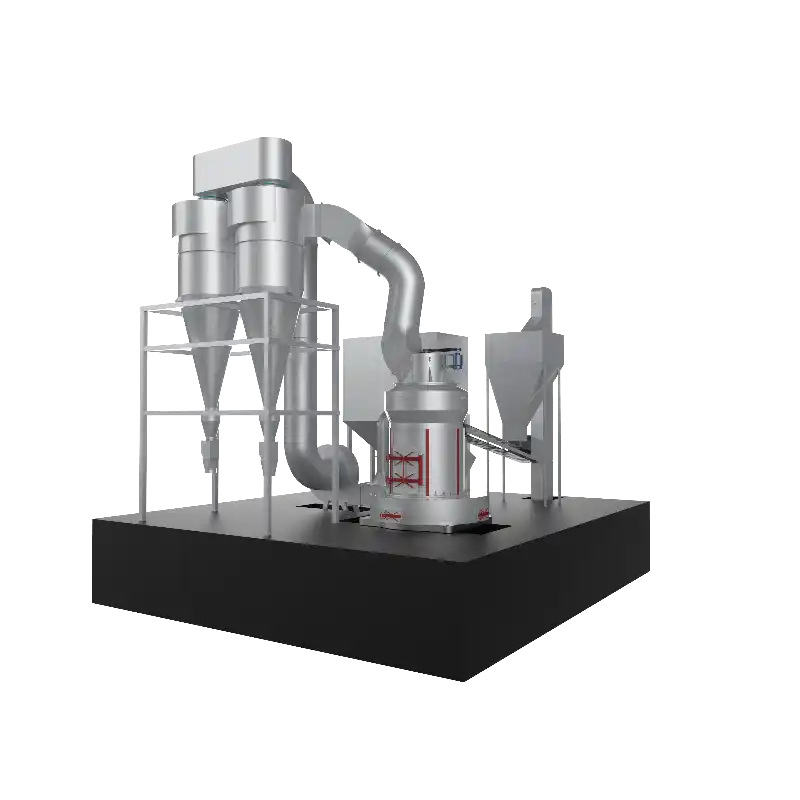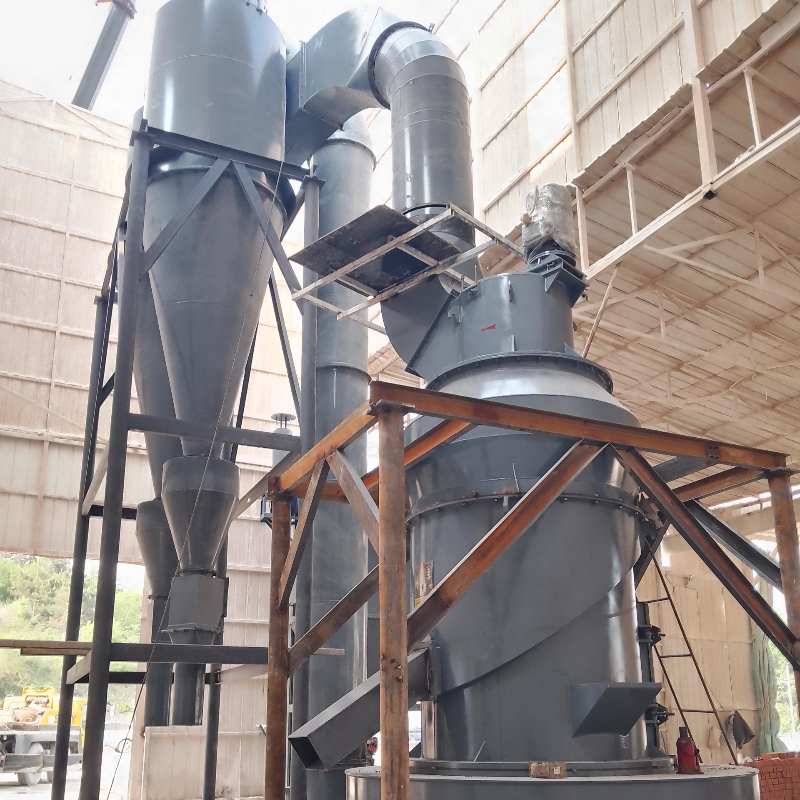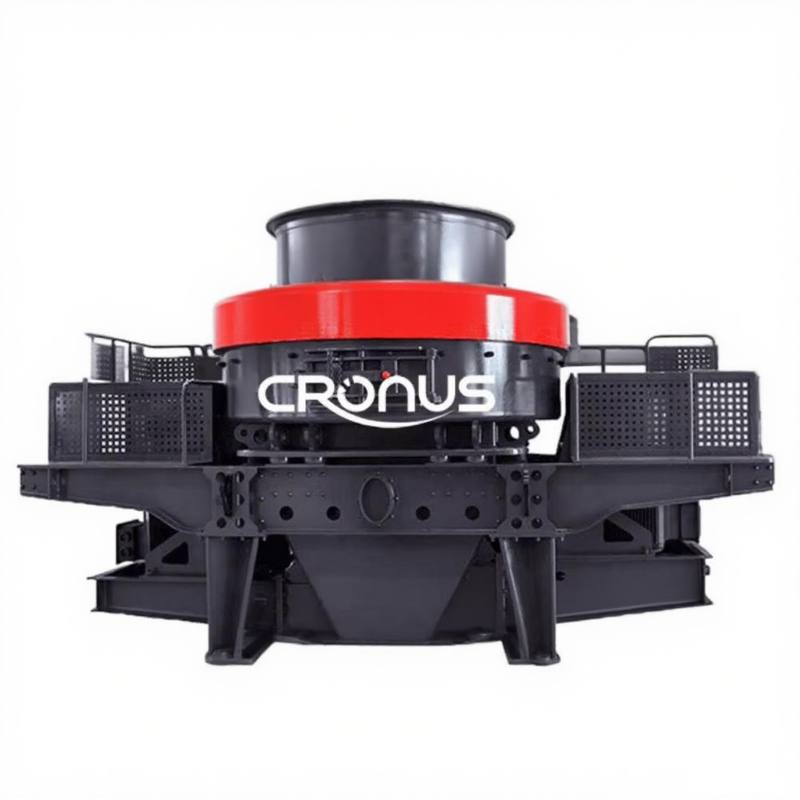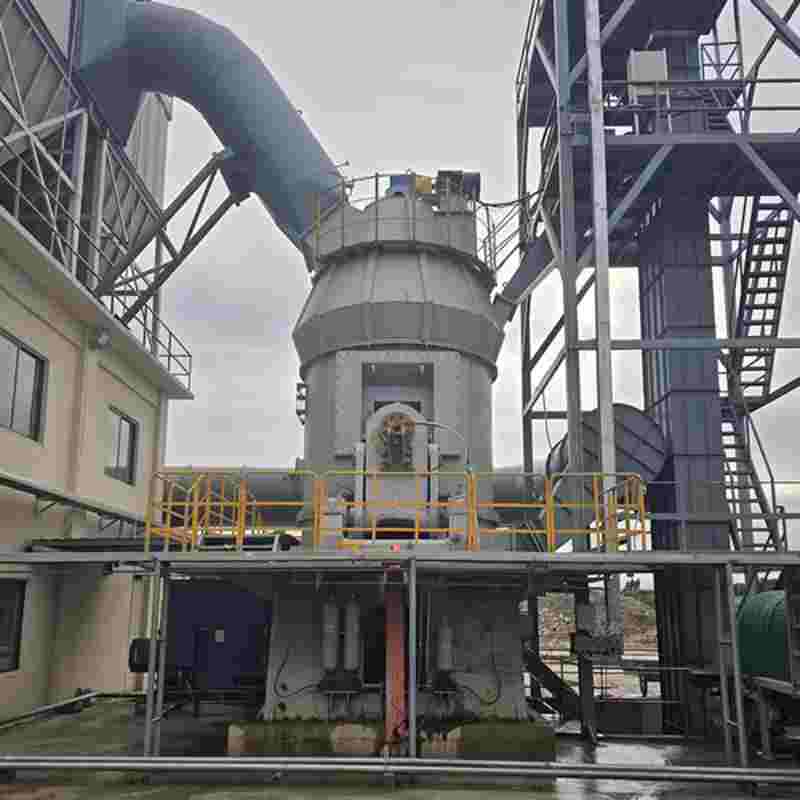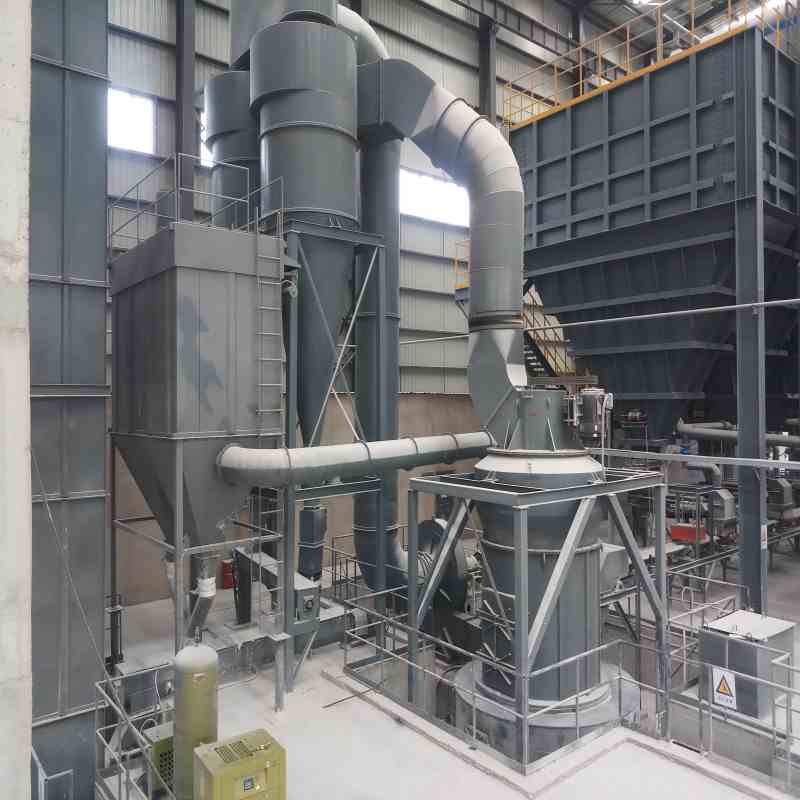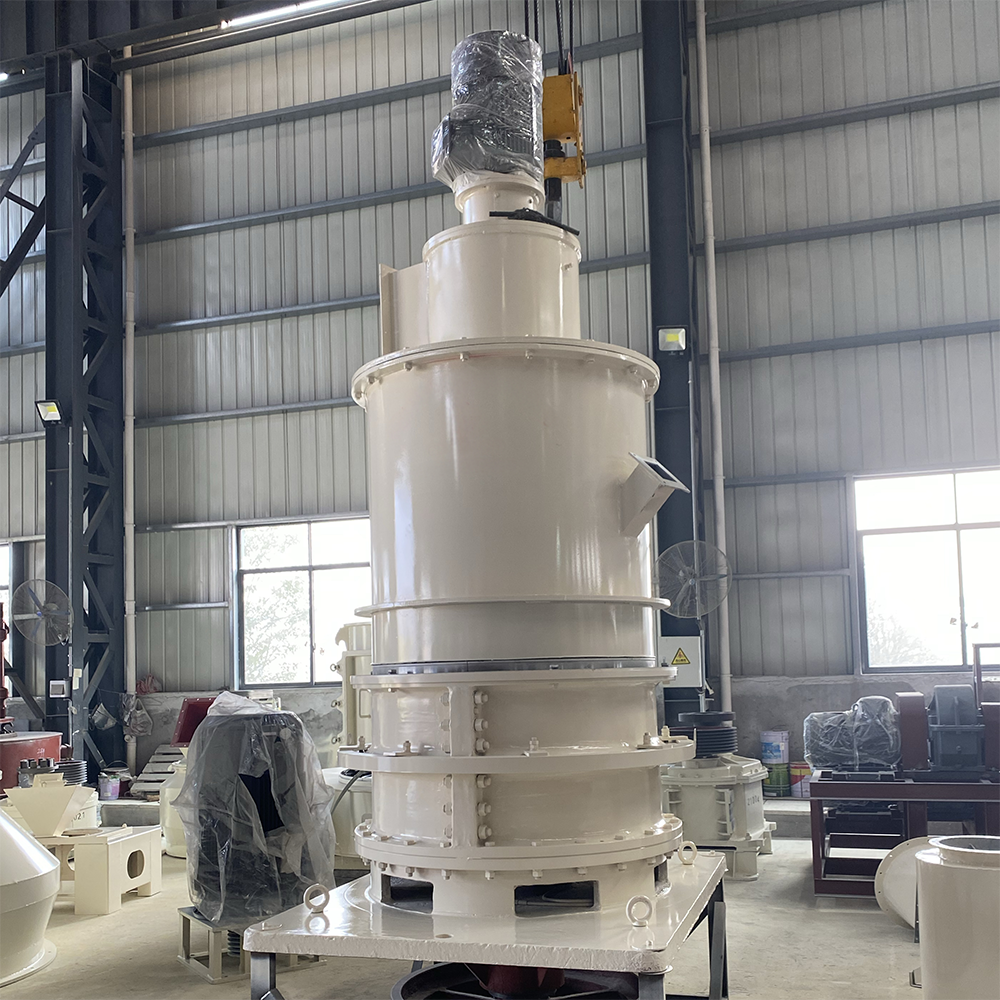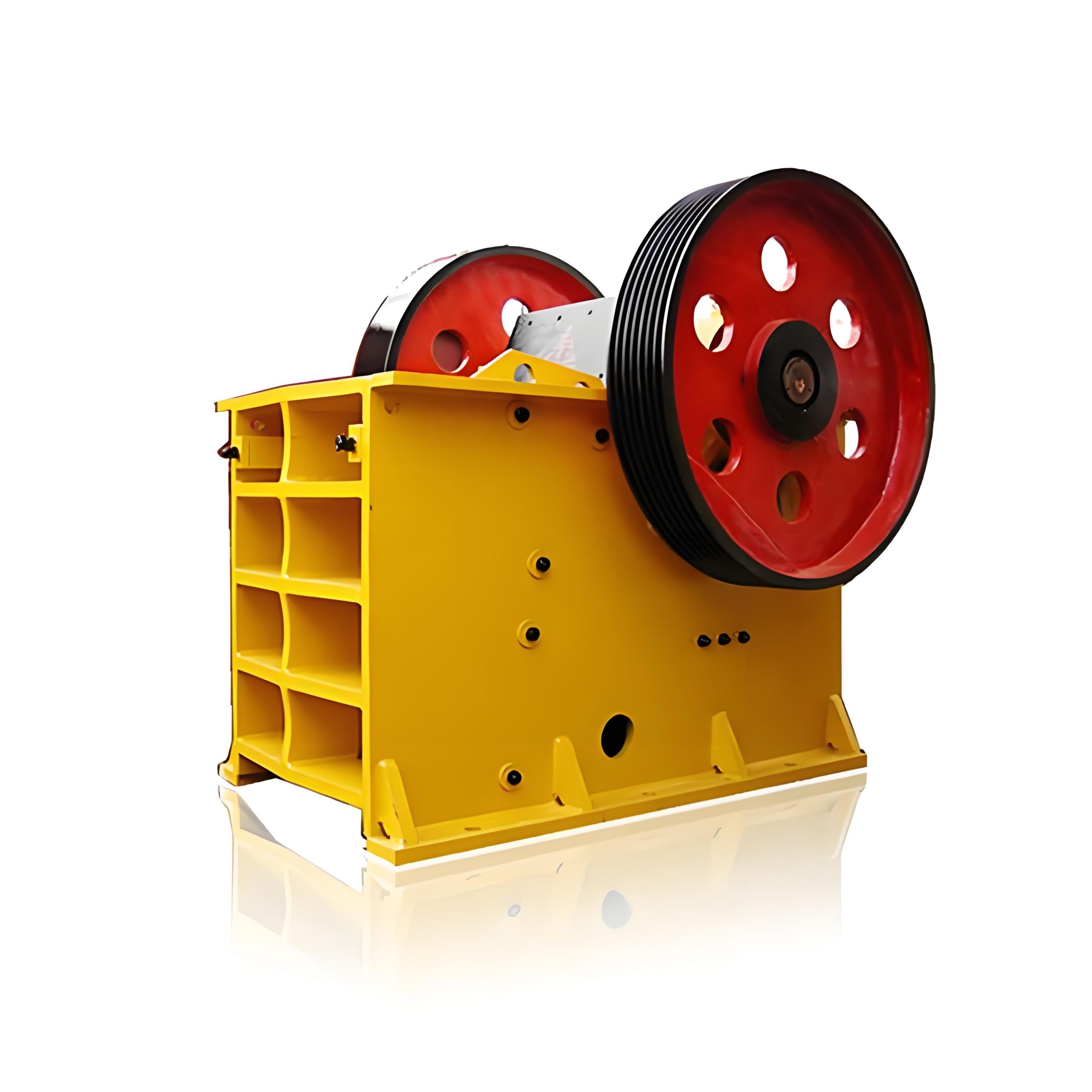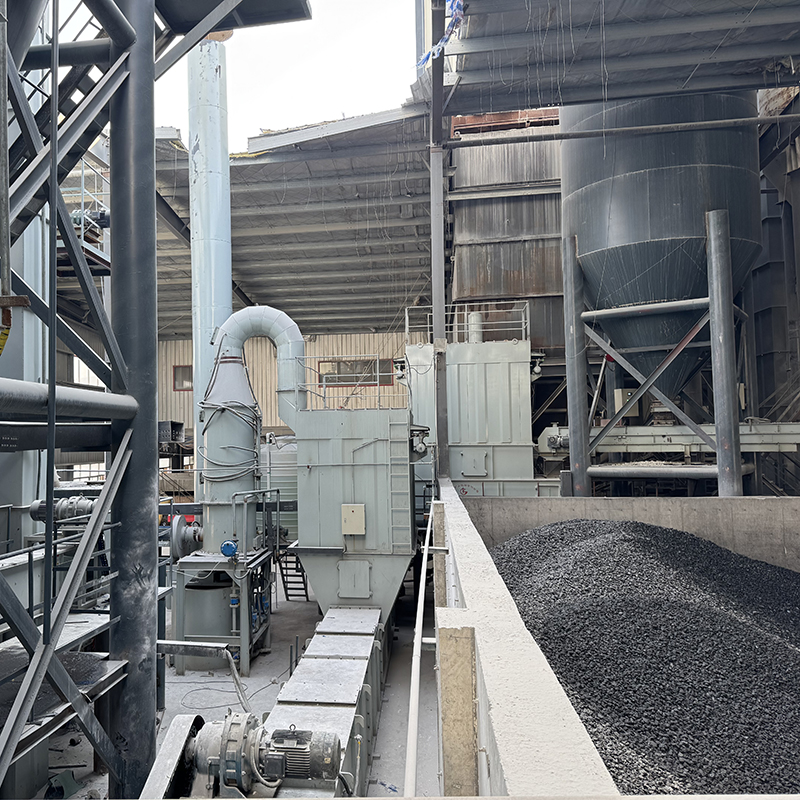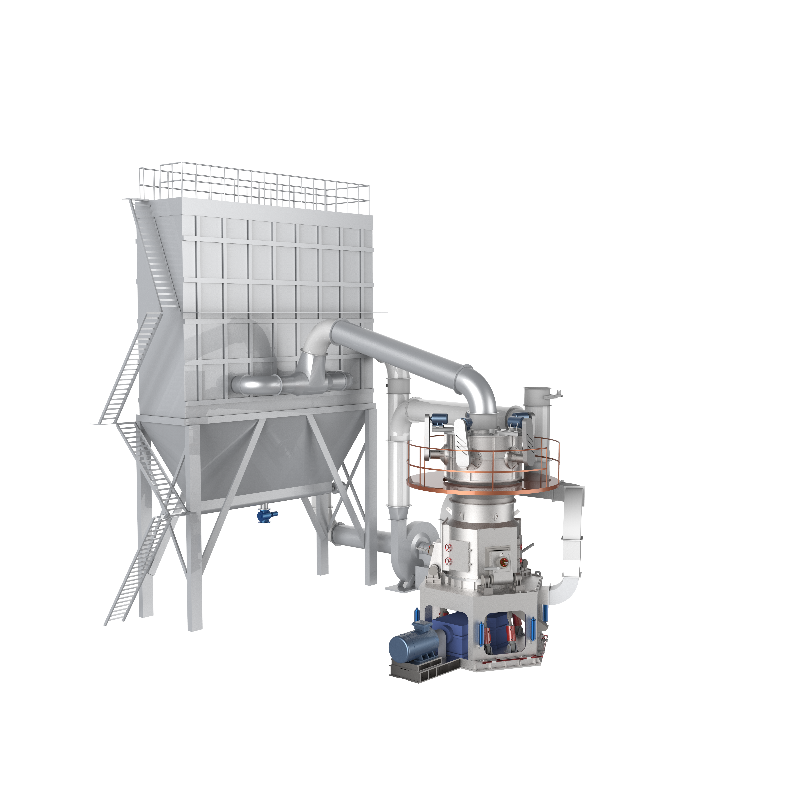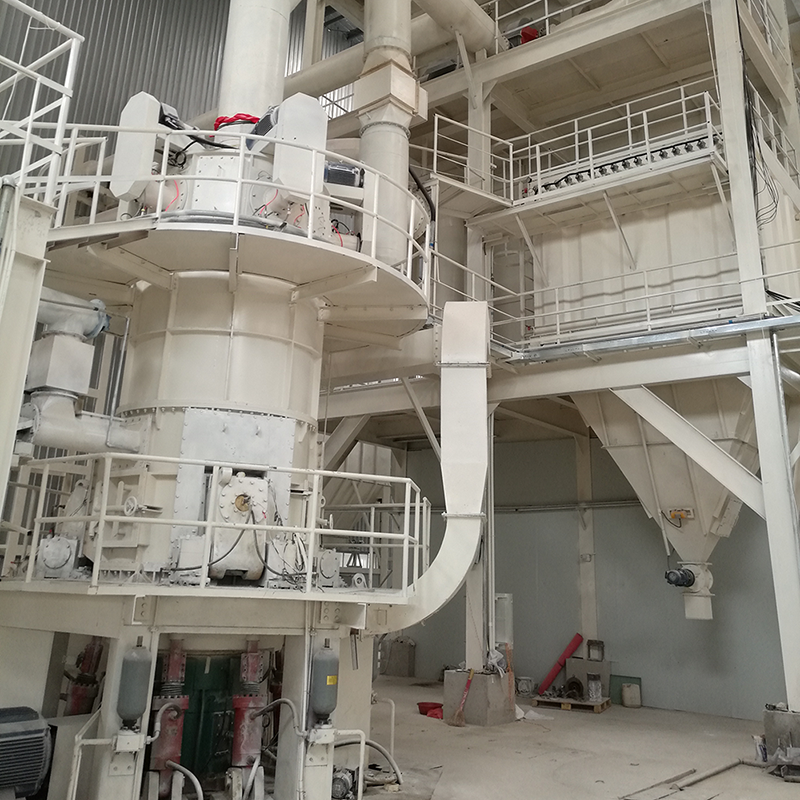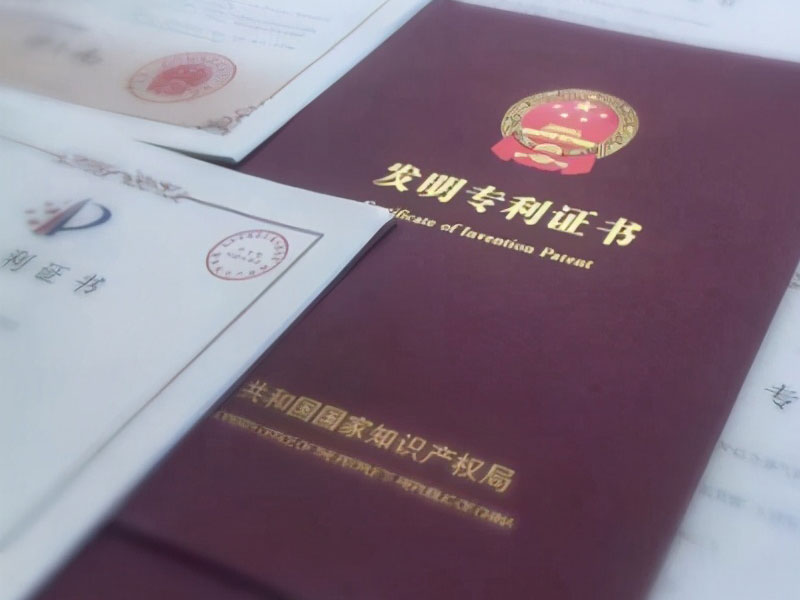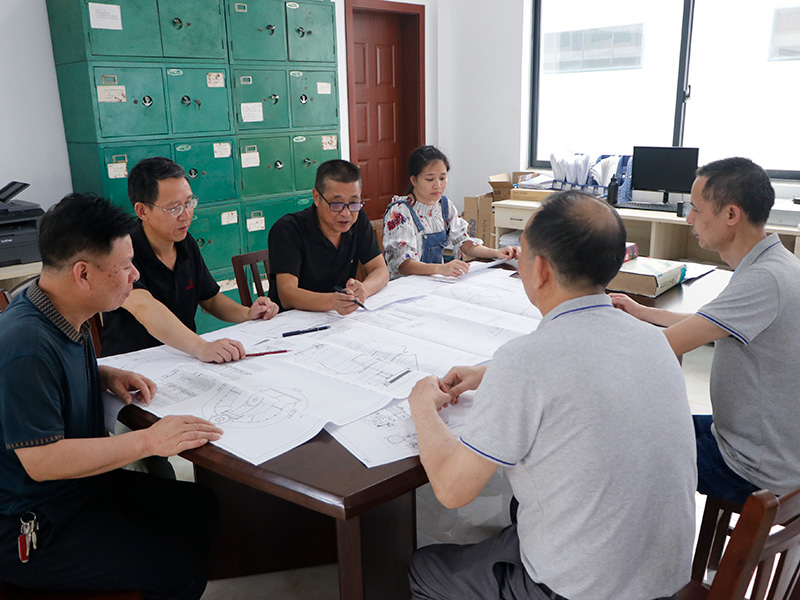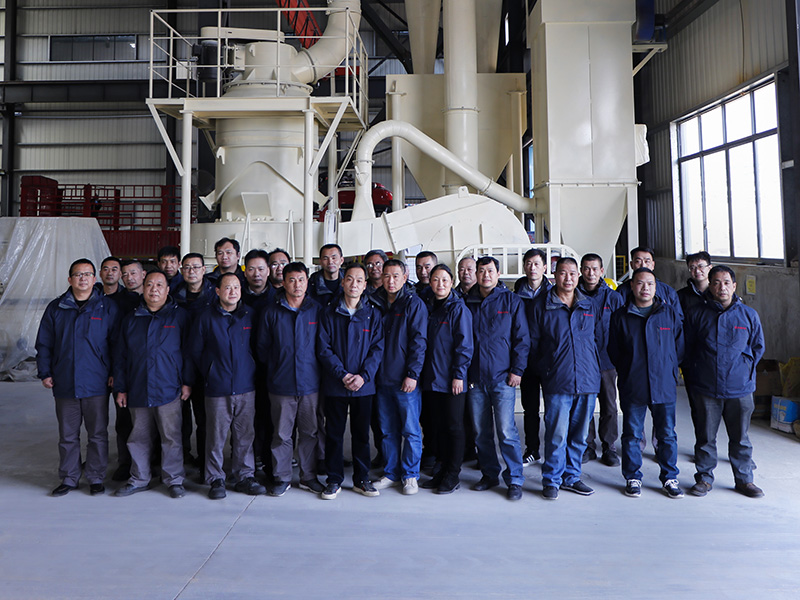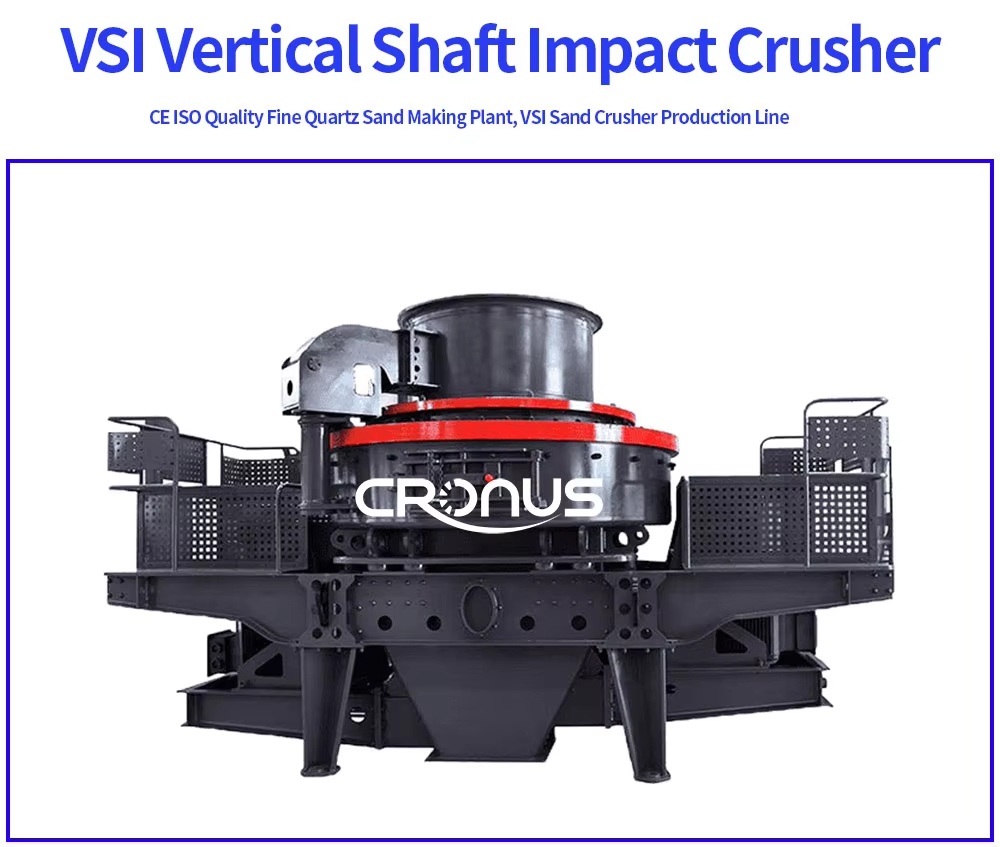
With the rapid development of infrastructure and the construction industry, market demand for aggregates continues to grow, and the use of sand making machines is becoming increasingly widespread. However, improper operation during equipment operation can not only reduce production efficiency but also cause equipment failure and even shorten its service life. To help you better use and maintain your sand making machine, we have summarized 14 taboos and 9 essentials for operation, hoping to provide you with valuable reference for your production.
14 Taboos for Operating a Sand Making Machine
During daily operation of a sand making machine, the following actions are strictly prohibited, as they may cause equipment damage or even safety accidents:
- Do not fail to remove iron debris.
- Do not start or stop the machine with material inside.
- Do not operate under overload or low voltage conditions.
- Do not continue operation if abnormal noise is heard.
- Do not inspect or adjust the machine while it is running.
- Do not feed off-center materials.
- Do not feed large stones that exceed the maximum feed size.
- Do not operate when the lubricating oil temperature is below 15°C.
- Do not operate when the lubricating oil temperature is above 60°C.
- Do not operate when the lubricating oil filter is clogged.
- Do not operate when the warning light is on.
- Do not operate when the wheels are unbalanced.
- Do not start a sand making machine with two motors before starting the other motor.
- Do not operate when the lubrication station electrical cabinet and the main machine electrical cabinet are not interlocked.
9 Must-Dos When Using a Sand Making Machine
In addition to the prohibitions, the following daily inspections and maintenance are also essential:
- Maintain uniform feed. (Every shift)
- Check the lubrication filter for iron filings. (Weekly)
- Check the lubricating oil level. (Every shift)
- Check wear on consumable parts. (Every shift)
- Check all bolts and fasteners. (Every shift)
- Check the operating current of both motors for consistency. (Every shift)
- Check the V-belt tension. (Every shift)
- Check the lubricating oil for contamination. (Weekly)
- After replacing accessories, the thrower must remain balanced. (After each replacement)
Note: One shift refers to 8 hours of continuous equipment operation.
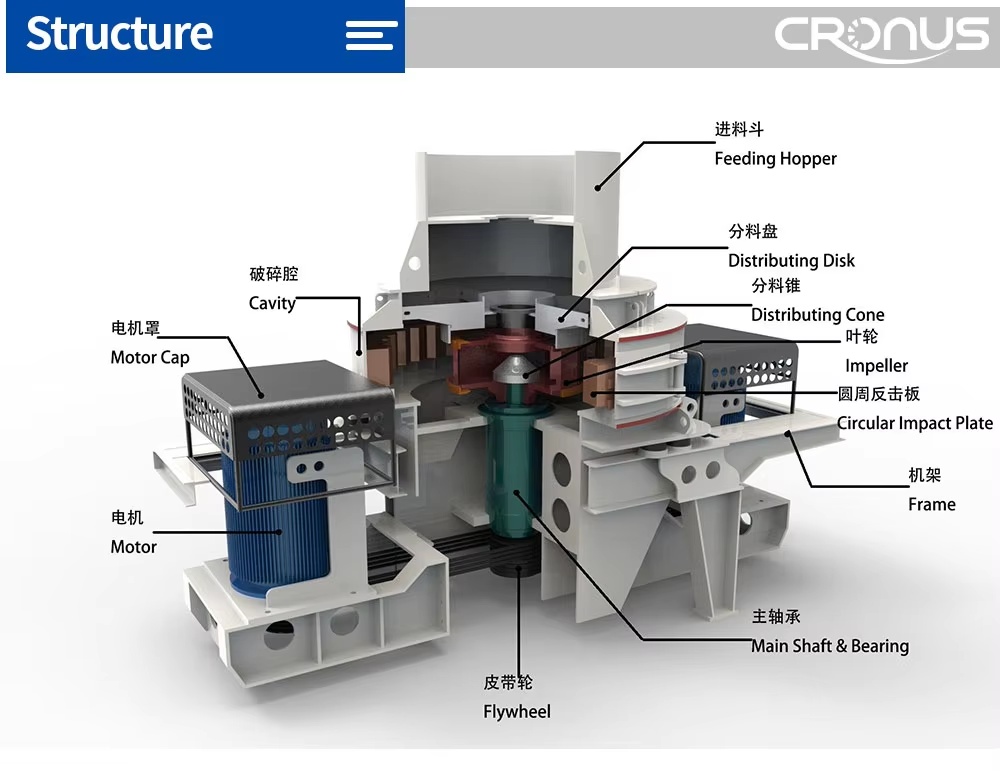

Summary
Sand making machines play a vital role in modern sand and gravel production lines, but safety and maintenance are equally important. Adhering to the "14 Do Nots" and "9 Dos and Don'ts" will not only extend equipment life but also ensure stable and efficient production.
If you have further questions about sand making machine operation, maintenance, or model selection, please feel free to contact Cronus. Our team of engineers will provide you with professional solutions and services.

